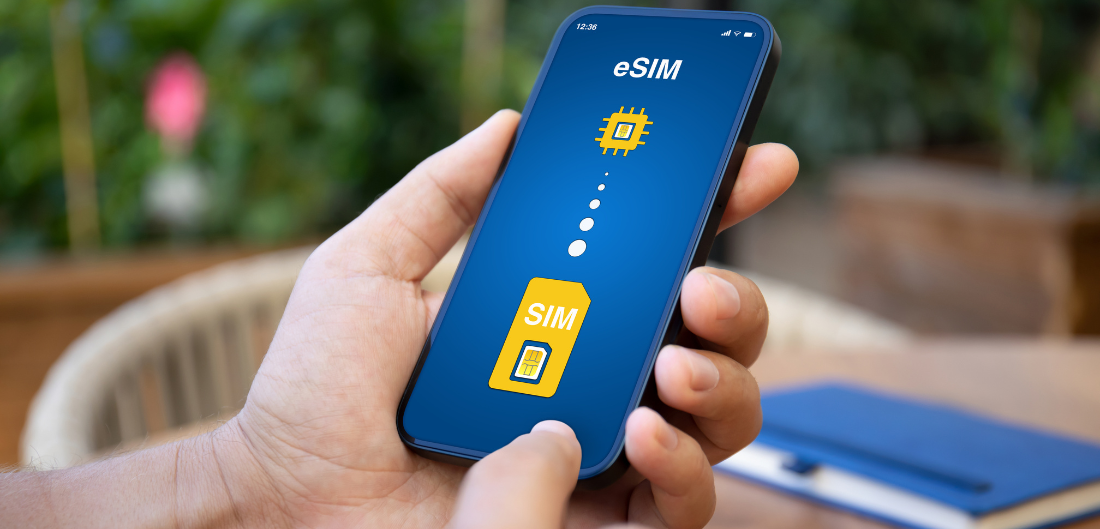Having a SIM card not working can be incredibly frustrating, especially when you need your phone for communication, navigation, or work. Whether you're traveling abroad or using your phone locally, SIM card issues can disrupt your plans. Luckily, there are several reasons a SIM card might not work, and more importantly, there are many easy troubleshooting steps you can take to resolve the issue.
This article will walk you through the common causes for a SIM card not working and provide you with simple troubleshooting tips to get your phone back online.
1. Check Your Phone’s Compatibility with the SIM Card
Is Your Phone Unlocked?
One of the most common reasons a SIM card doesn’t work is because the phone is locked to a specific carrier. If your phone was purchased through a carrier, it may only work with their network. To fix this, you’ll need to unlock your phone.
Frequency Bands
Another compatibility issue may involve frequency bands. Phones are designed to work with specific network bands, so ensure your phone supports the bands used by the SIM card carrier, especially if you’re traveling internationally.
2. Restart Your Phone to Refresh the Network
Simple Restart Trick
Sometimes the problem with your SIM card can be solved with a simple restart. Restarting your phone can help refresh the connection to the network, especially if you’ve been in a location with poor service.
Just hold the power button, turn off your phone, wait 30 seconds, and turn it back on. This can resolve minor issues without any other intervention.
3. Inspect the SIM Card for Physical Damage
Examine the SIM Card
If your SIM card isn’t working, check for any visible damage. Look for scratches, bends, or dust on the gold chip. Any physical damage may prevent the SIM card from connecting properly to your phone’s hardware.
Cleaning Your SIM Card
If your SIM card has dust or debris, gently clean it with a soft cloth to remove any dirt. Be sure to handle it carefully to avoid damaging the gold chip.
4. Ensure the SIM Card Is Properly Inserted
Double-Check the Placement
A SIM card that’s not properly inserted will not work. If it’s not aligned correctly in the tray or doesn’t fit snugly, it won’t make proper contact with your phone’s reader. Try re-inserting the SIM card and make sure it clicks into place securely.
5. Test Your SIM Card in Another Phone
Verify the Problem
If your SIM card still isn’t working, try it in another phone. If it works in the second phone, the issue is likely with your original device. If it still doesn’t work, your SIM card may be defective or damaged, and you may need to replace it.
6. Check for Network Issues or Service Outages
Network Outages
Sometimes, the problem isn’t your phone or SIM card, but rather a network issue. Network outages can temporarily prevent your phone from connecting to the mobile network. Check with your carrier to see if there are any service disruptions or ongoing maintenance in your area.
Poor Coverage Area
If you’re in a remote area or somewhere with weak service, your phone might not be able to establish a network connection. Move to a location with better coverage, and check if the issue resolves.
7. Switch On and Off Airplane Mode
Toggle Airplane Mode
A simple but effective trick to resolve SIM card issues is to toggle Airplane Mode on and off. This can reset your phone’s connection to the mobile network.
- Turn on Airplane Mode from your phone’s settings.
- Wait for about 10–15 seconds.
- Turn off Airplane Mode and wait for your phone to reconnect to the network.
This action can sometimes help your phone reconnect to the carrier’s network.
8. Update Your Phone’s Software
Check for Software Updates
Outdated software can sometimes cause connectivity issues, including problems with your SIM card. Check if your phone has any available software updates that could fix bugs or improve network connectivity.
Go to your phone’s settings and look for the Software Update section to install the latest version available.
9. Contact Your Carrier for Assistance
Issues with Your Account
If none of the previous steps resolve the issue, it’s time to reach out to your carrier. There may be an issue with your account, like an expired plan or an incorrectly activated SIM card. Your carrier can help you troubleshoot the issue further or issue a replacement SIM card if necessary.
10. Consider Switching to an eSIM
The Future of Connectivity: eSIMs
If you continue to experience SIM card issues or want to avoid the hassle of physical SIM cards altogether, consider switching to an eSIM. eSIMs are digital SIM cards that work directly from your phone’s software. They’re especially useful for travelers who want to avoid the inconvenience of swapping physical SIM cards when moving between countries or carriers.
With an eSIM, you can easily activate a mobile plan on your phone without needing to physically insert a card. RAPIDeSIM eSIM is an excellent choice for travelers, as it provides seamless, affordable internet access across multiple countries without the need for a physical SIM card.
Getting Your SIM Card Working Again
SIM card issues can arise for many reasons, but most problems can be resolved with simple troubleshooting steps. From checking the card for damage to testing it in another phone, these tips will help you identify the issue and restore your connection.
If the issue persists, contacting your carrier or considering an eSIM as an alternative might be your best option. With RAPIDeSIM eSIM, you can enjoy a smooth, hassle-free experience, whether you're traveling or at home.
Remember, having RAPIDeSIM eSIM will help you stay connected across multiple regions without worrying about roaming fees or SIM card replacements!








